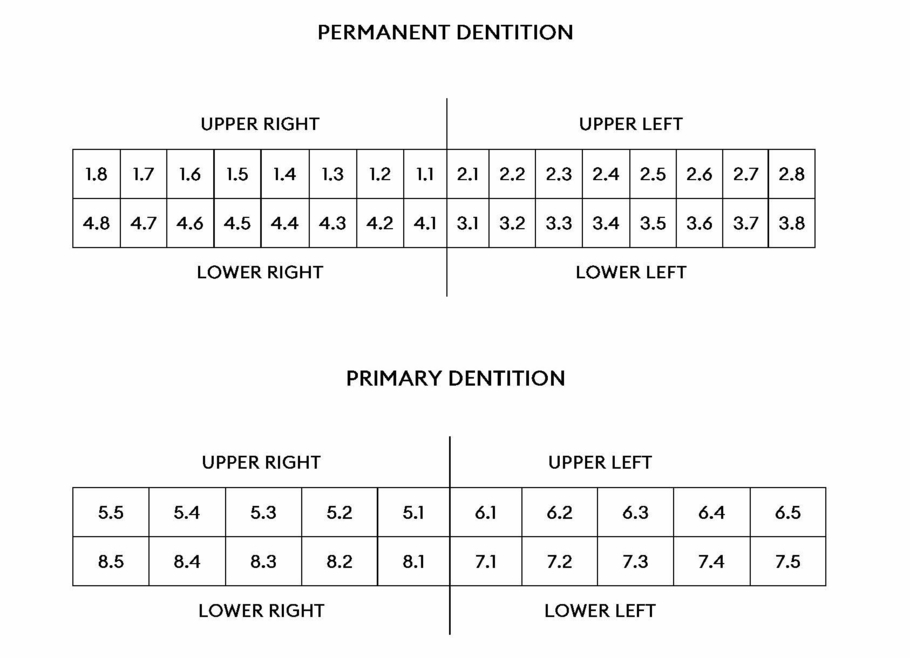Orthodontics is the branch and specialty of dentistry specializing in the supervision, guidance, and correction of the growing or mature dentofacial structures. It involves the diagnosis, prevention, and treatment of any abnormalities associated with these structures.
The Fellowship Examination in Orthodontics evaluates a candidate’s knowledge and clinical excellence in Orthodontics at the specialty level in Canada.
For more information, please refer to the Canadian Association of Orthodontists.
Examination Information
The Fellowship Examination is an oral exam designed to test a candidate’s abilities, knowledge, recognition, problem solving, and treatment planning of clinical situations. It also assesses a candidate’s ability to diagnose and manage both common and unusual problems that an orthodontist may encounter in clinical practice.
During the case analysis and oral examination, candidates will be presented with case histories, pertinent medical and dental histories, radiographs, clinical photographs, and other clinical information. Candidates will be expected to recognize, diagnose, and plan appropriate intervention, recommend management and treatment, and follow-up care for the presented patients. The focus is to evaluate the ability to successfully manage patients in an orthodontic specialty practice. For the case analysis, candidates will be provided access to complete patient records and an hour of preparation, to enable comprehensive analysis and treatment planning.
| Element | Duration |
|---|---|
Part 1: Case Analysis Oral Examination | 45 minutes preparation, 15 minutes questioning 45 minutes |
| Part 2: Case Analysis Oral Examination | 45 minutes preparation, 15 minutes questioning 45 minutes |
FDI Two-Digit Tooth Numbering Chart

Topics for Review
The oral examination is structured to test the topics below.
- Sciences (as it pertains to clinical orthodontics)
- Oral pathology/genetic disorders/ developmental disturbances/speech pathology
- Psychological factors, patient management
- Preventive dentistry/hygiene
- Dental emergencies
- Biology of tooth movement/Biomechanics
- Biomaterials, physical principles, laboratory procedures
- Occlusion
- Temporomandibular disorders
- Etiology of malocclusion
- Respiration and airway considerations
- Imaging techniques
- Cephalometrics: analysis, principles, landmarks
- Treatment timing
- Dentofacial orthopaedics/Interceptive treatment
- Design, fabrication, and manipulation of fixed and removable appliances
- Orthodontic management of patients with craniofacial anomalies
- Orthodontic management of patients requiring interdisciplinary treatment plans
- Orthodontic management of medically compromised patients
- Orthodontic-restorative treatment
- Orthodontic-periodontal treatment
- Orthodontic-endodontic treatment
- Surgical orthodontics
- Complications of treatment
- Retention and stability
- Implantology/Temporary anchorage devices
General Guidelines
- Familiarize yourself with the format of the oral examination and the topics of study to be covered in the sessions. These topics should serve as a guide to the types of cases that may be covered.
- The oral examination is a test of a candidate’s ability to assess, diagnose, treat, and manage common clinical scenarios at the level of a specialist in an orthodontic practice. The cases are selected to be representative of what orthodontists in Canada encounter in their practices
- Candidates will not be asked to directly cite research articles to substantiate clinical decisions; however, candidates will be expected to select clinical decisions and treatment based on current evidence-based practice.
Candidate Study Guide
The intent of this guide is to provide the candidate with an understanding of the format in which questions may be asked during the Fellowship Examination. The content used in these sample questions is strictly used for illustrative purposes and should not be construed as an example of the level of difficulty of the examination questions.


